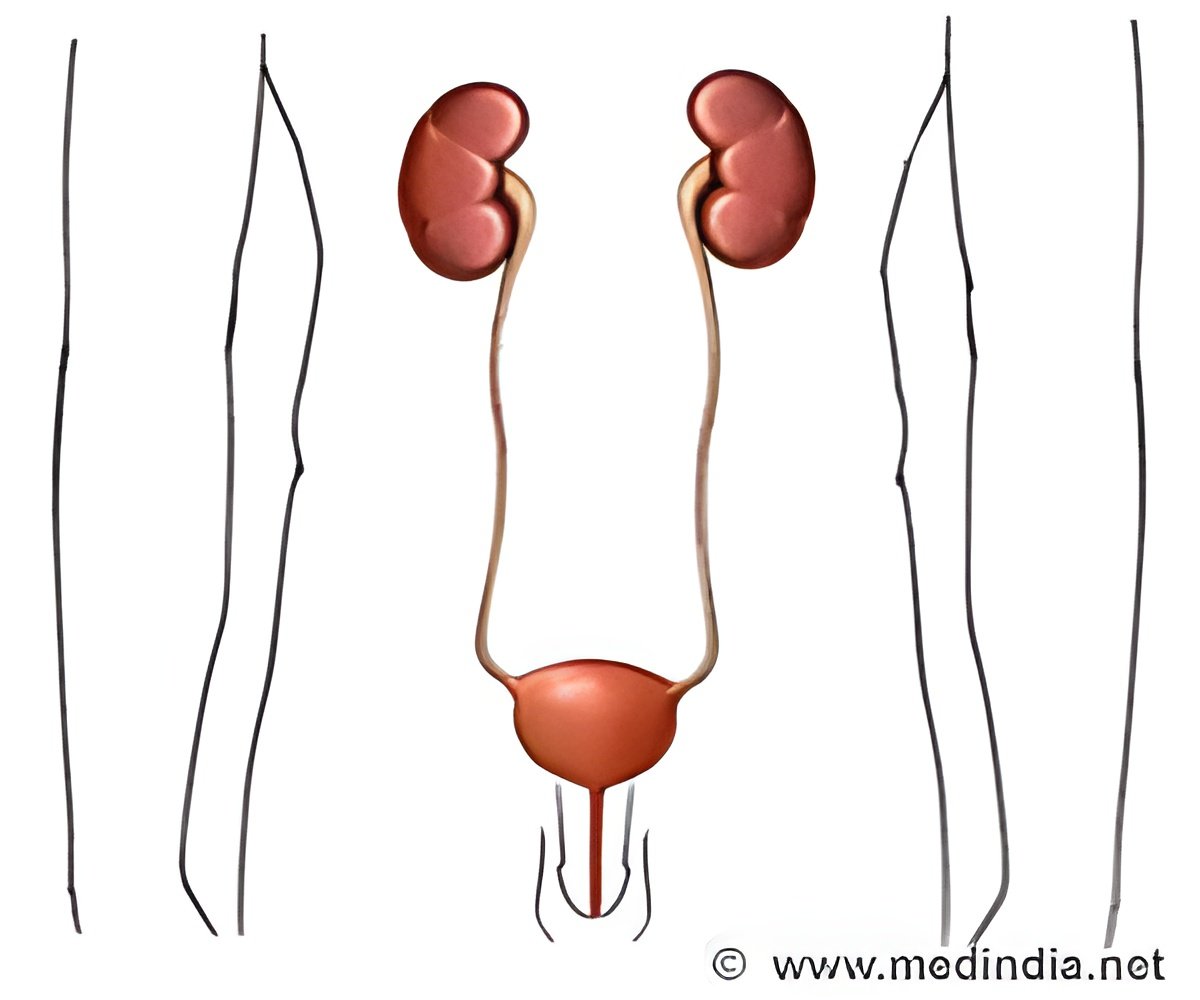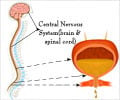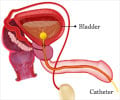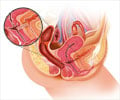Dementia patients are more likely to be diagnosed with urinary or fecal incontinence, says study published in PLOS Medicine.

Men with a diagnosis of dementia had an annual rate of first diagnosis of urinary incontinence of 42.3 (95% confidence interval, 40.9.8) per 1000, compared with 19.8 (19.4.3) per 1000 men without a dementia diagnosis. Among women, the rates of a first diagnosis of urinary incontinence were 33.5 (32.6.5) per 1000 women with a dementia diagnosis versus 18.6 (18.2.9) per 1000 women without a dementia diagnosis. Rates of a first diagnosis of fecal incontinence were 11.1 (10.4.9) per 1000 men with a dementia diagnosis versus 3.1 (2.9.3) per 1000 men without a dementia diagnosis. For women with a dementia diagnosis, 10.1 (9.6.6) per 1000 had a first diagnosis of fecal incontinence, versus 3.6 (3.5.8) per 1000 women without a dementia diagnosis. The adjusted rate ratio for first diagnosis of urinary incontinence was 3.2 (2.7.7) in men and 2.7 (2.3.2) in women, and for fecal incontinence was 6.0 (5.1.0) in men and 4.5 (3.8.2) in women.
The rate ratio of use of pharmacological treatment for urinary incontinence was 2.2 (1.4.7) for both genders, and for indwelling urinary catheters was 1.6 (1.3.9) in men and 2.3 (1.9.8) in women. Urinary catheters are known to increase the risk of urinary tract infection.
A limitation of the study was that the authors had to depend on coding of diagnoses and prescriptions in the database to determine the diagnosis of dementia and incontinence.
The authors state, "Incontinence is a common problem for community dwelling people with dementia. Providers and planners of services for dementia should anticipate high levels of need, including advice and support for carers managing incontinence. Some aspects of clinical management of urinary incontinence are different for patients with dementia compared with those without. Further study is required to understand the clinical reasoning of health care practitioners providing care for this population, particularly in the use of indwelling catheters, given the known risks."
Source-Eurekalert















